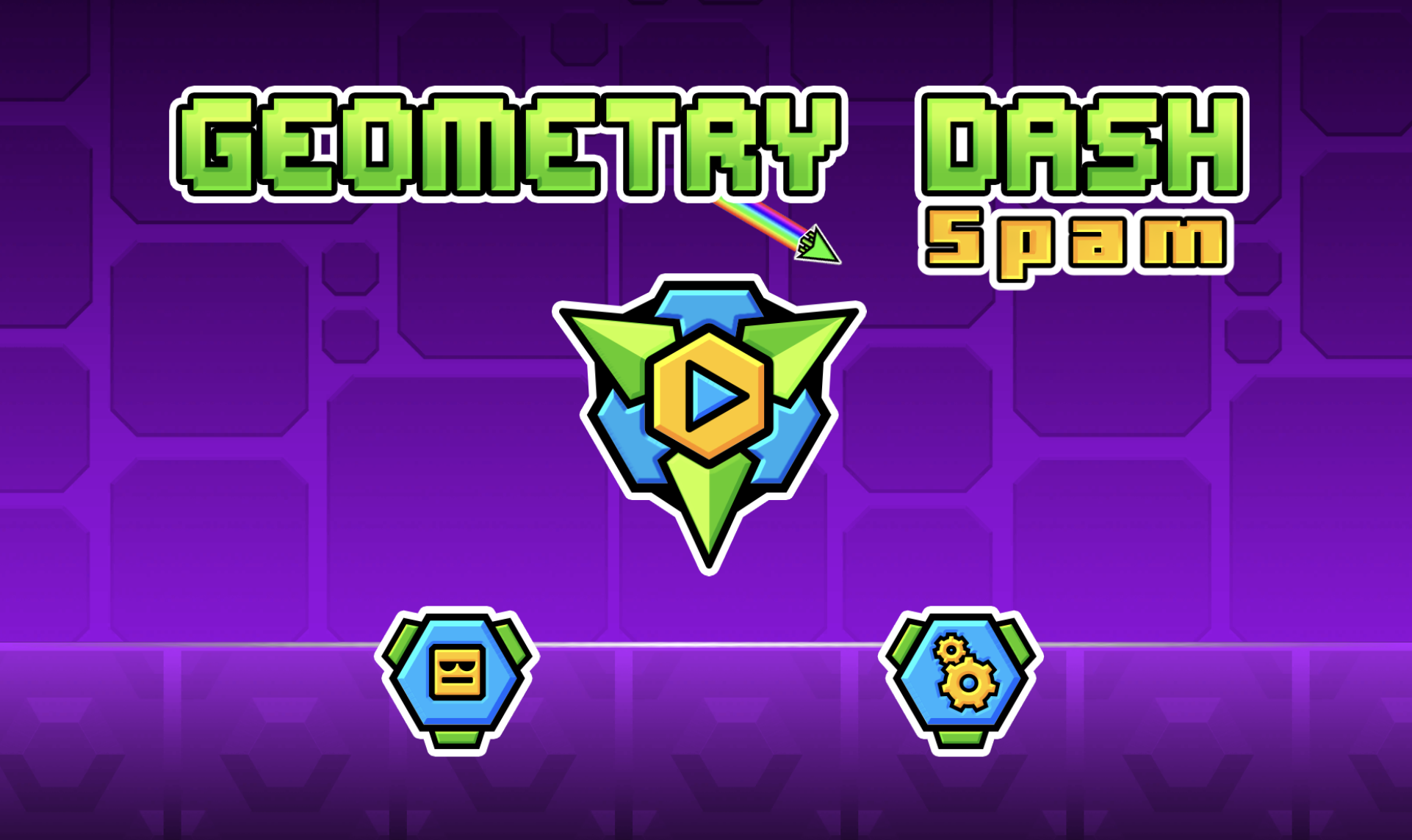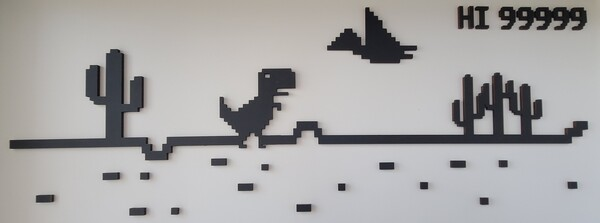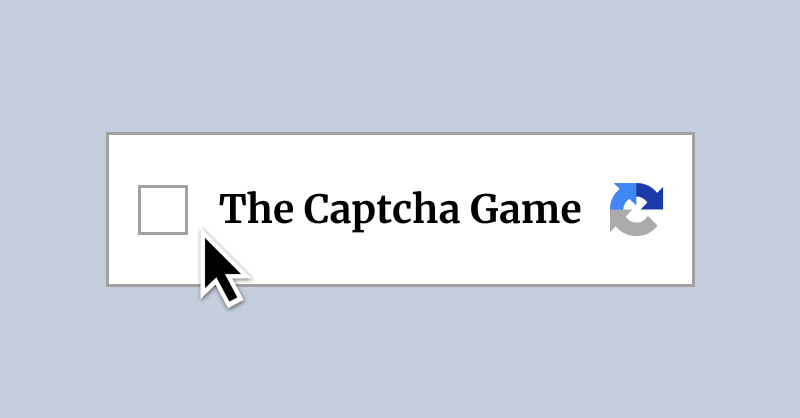Dash through traps. Master timing. Escape the maze.
Keep exploring
Keep the momentum going with more arena racers, action trials, and puzzle standouts.

Chiikawa Puzzle

Take Care of Your Own Hollyberry

Geometry Dash Spam

Happy Land

Water Color Sort

Dino Game

The Captcha Game

Take Care of Your Own Burning Spice

BLOODMONEY 2

Underwheels
What is Devil Dash?
Master the rhythm of risk in Devil Dash
Devil Dash is a lean, tense platform challenge where every tile might shift, spike, or swallow your route the instant you commit. The goal sounds simple—reach the exit—but the path is a gauntlet of misdirection, delayed triggers, and sudden holes. Unlike bloated platformers, Devil Dash focuses on momentum, clarity, and repetition as learning. You fail fast, you restart faster, and you turn each restart into data that sharpens your next run. If you crave a quick loop that rewards nerve and discipline, Devil Dash turns hesitation into risk and decisiveness into progress.
Why players love this brutal sprint
The appeal of Devil Dash is its clean feedback loop. You move, a trap fires, and the level instantly explains why. No fluff, no filler—just readable hazards and crisp jumps that demand awareness. Because you can reset in a heartbeat, Devil Dash becomes a study in controlled aggression: push forward boldly, gather intel with each mistake, and route around the danger on your next attempt. The more you play, the more you see invisible rhythms and tells that once felt impossible. That transformation—from panic to pattern recognition—is the addictive heart of Devil Dash.
How to play
Use the arrow keys to move and the up arrow or space bar to jump. In Devil Dash, short taps give you micro-adjustments while held inputs cover gaps with authority. The trick is to read platforms before you commit; innocuous floor tiles may collapse, walls can extend, and seams can spit spikes as you approach. Devil Dash punishes autopilot but rewards deliberate scanning: watch edges, test suspicious bricks, and keep a steady cadence so you are never caught flat-footed by a late trigger.
Movement and physics that reward restraint
Acceleration in Devil Dash is snappy, letting you correct oversteps without sliding into failure. Jumps are consistent, which means every miss is actionable feedback rather than randomness. Devil Dash asks you to steer with tiny course corrections midair, using feathered inputs to thread gaps. The faster you settle into a rhythm, the easier it is to feel when to jump early for low ceilings or delay for pop-up spikes.
Traps, tells, and pattern recognition
At first, traps in Devil Dash feel unfair: floors crumble without warning, pillars shoot up, and holes bloom under your feet. But the more you play, the more Devil Dash reveals micro-tells—hairline cracks, unusual tile spacing, and rhythm changes in the soundscape. Treat each death as scouting. If a tile dropped when you were centered, next time hug the edge. If a wall extended as you landed, bait it out, back off, then jump through while it retracts. Devil Dash teaches you to inventory risks quickly and move with intent.
A smart beginner path
Start with broad sweeps to expose hazards, then refine. In Devil Dash, a bold first run maps where the stage intends to catch you. After that, carve a safe line. Devil Dash rewards a two-pass mindset: one pass to trigger and locate traps, the next to bypass them cleanly. Keep your hands relaxed so you can deliberately reset and repeat without frustration. Your consistency will spike once you stop treating deaths as setbacks and start treating them as intel.
Advanced techniques for speed and safety
Veterans of Devil Dash use micro-stutter steps to bait triggers from a controlled distance. Tap forward, retreat a pixel, then surge through during cooldown frames. Another technique in Devil Dash is the buffered jump: hold jump as you land so your character pops the earliest frame possible, clearing tiles that might vanish if you hesitate. Stringing these techniques together lets you shave seconds while stabilizing the riskiest sections.
Level structure and rising difficulty
Across sixteen gates, Devil Dash escalates from simple pits to layered traps that chain together. The arrangement forces you to manage multiple variables: a falling floor over a spike popper with a retracting wall on the far end. Devil Dash introduces ideas cleanly, then recombines them. Early gates teach single-tile reads; later stages insist on scanning three tiles ahead while tracking timing on moving parts behind you.
Audio-visual clarity that supports precision
Minimalist art in Devil Dash keeps silhouettes clean and hazards distinct. Bright impact sounds underline each trigger, giving you auditory markers for bait timings. Devil Dash is deliberately sparse so your eyes and ears can parse danger quickly—even on a small screen or while playing muted with subtitles and vibration cues when available.
Accessibility and comfort options
Because inputs in Devil Dash are binary and predictable, you can tailor your approach regardless of controller. Remap keys if needed, and scale the window to reduce eye strain. Devil Dash’s instant reset keeps frustration low by getting you back into action before irritation sets in. Set personal rules—like three attempts per gate—so you stay fresh while learning.
Comparisons and lineage
If you enjoy razor-clean platform tests, Devil Dash sits alongside modern precision classics. Where some games layer in collectibles or combat, Devil Dash strips down to movement, timing, and trap logic. Fans of momentum puzzlers will appreciate how Devil Dash treats every tile like a question and every input like an answer you must justify.
Controls recap
Left/Right to move; Up or Space to jump; any key to restart. In Devil Dash, memorizing controls is trivial; mastering when to use them is the journey. Devil Dash thrives on your split-second judgment—light taps to probe, decisive presses to commit.
Tips that actually help
Scan edges before you leap. In Devil Dash, traps love corners and centerlines. Use bait steps to disarm surprises, then take the clean line on your next attempt. Devil Dash also rewards rhythm—try counting beats between triggers so your jumps stay consistent under pressure.
Feature highlights
Sixteen escalating stages, instant restarts, readable hazards, and tight input buffering define Devil Dash. The focus is on pure platform craft, not grind. Devil Dash respects your time by stripping loading screens and letting mastery shorten levels that once felt impossible.
FAQ
Is Devil Dash fair? Yes—every trap is consistent; you just need the right tell. How long is Devil Dash? Your first clears might take minutes per gate; later you will chain them in seconds. Is Devil Dash good on mobile? Absolutely—the sharp inputs, crisp visuals, and instant restarts make short sessions ideal.
Play better, play bolder
Push forward, gather data, and refine your route. Devil Dash transforms reckless speed into informed speed, turning panic into flow. When you trust your eyes, pace your steps, and commit to jumps with purpose, Devil Dash becomes less about surviving a trap room and more about expressing mastery in motion.
Ready to run?
Hit start, breathe steady, and make the first move. The sooner you learn the stage’s language, the sooner you’ll glide. With every reset, Devil Dash teaches you something new; with every breakthrough, Devil Dash proves that patience and nerve beat chaos. Step in, dash hard, and own the exit.
Dash through traps. Master timing. Escape the maze. is ready to play
Sprint, jump, and outsmart surprise hazards in Devil Dash. Learn precise timing, restart instantly, and conquer 16 devilish stages for a tight, mobile-friendly challenge.
Share Dash through traps. Master timing. Escape the maze.
Spread the word, invite friends, or bookmark this page to revisit the story whenever you need it.